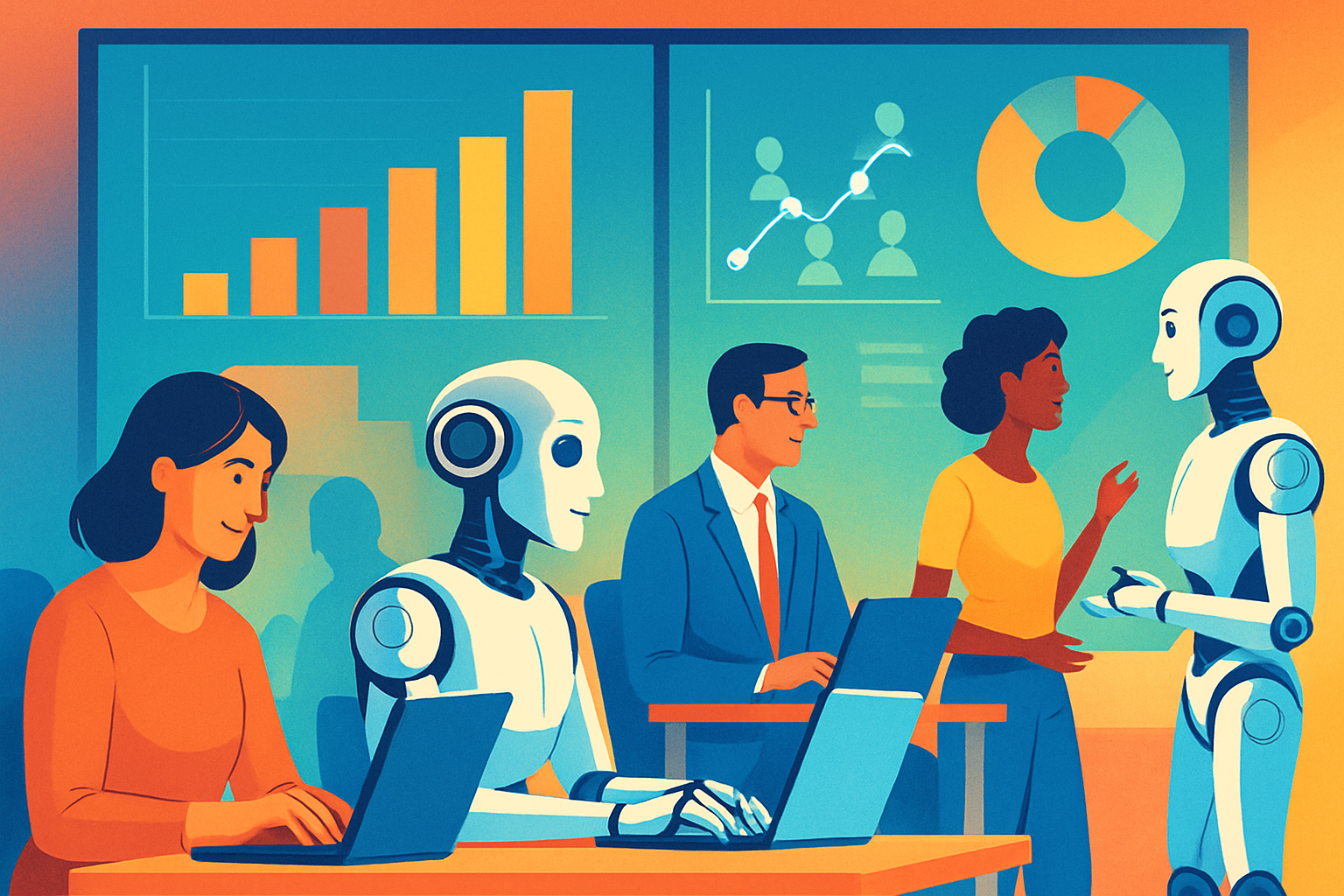
AI CERTs
2 months ago
Hinton’s AI workforce transformation warning shakes Big Tech
Geoffrey Hinton’s latest interview landed like a siren. The pioneer stressed that AI workforce transformation could usher in sweeping unemployment, soaring profits, and deeper inequality. Meanwhile, major technology firms continue chasing aggressive efficiency gains through generative AI and agentic systems. Consequently, boards and policymakers must decode the complex labour picture forming in real time.
Hinton Issues Stark Warning
Hinton told the Financial Times that wealthy owners will deploy AI to replace workers and “create massive unemployment.” Moreover, he doubts universal basic income will restore the dignity people derive from work. His remarks amplify earlier concerns from researchers about automation effects and potential social unrest. In contrast, some executives claim productivity gains will fund reskilling. Nevertheless, Hinton’s credibility pushes the debate onto front pages.

These quotes underline rising anxiety around job security. However, gauging scale requires examining corporate behaviour.
Big Tech Layoff Pattern
Amazon, Microsoft, and CrowdStrike offer clear signals. Amazon CEO Andy Jassy wrote that expansive AI adoption “will reduce our total corporate workforce.” Microsoft trimmed about 9,000 roles this July, citing a repositioning for an AI-driven era. CrowdStrike cut 5 percent of staff, explicitly referencing “AI efficiencies” in filings. Furthermore, analysts note other firms are considering similar steps.
- Amazon memo date: 17 June 2025
- Microsoft 2025 reductions: ~9,000 jobs
- CrowdStrike reduction: ~500 positions
These actions illustrate early AI employment shifts. Consequently, investors increasingly expect margins to grow as headcounts shrink.
The pattern suggests an inflection point. Yet aggregated data paint a subtler picture, as the next section shows.
Data Shows Mixed Picture
Surveys by the New York Fed reveal many firms still retrain more than fire. Additionally, McKinsey modelling predicts up to 30 percent of U.S. work hours could be automated by 2030. Meanwhile, the World Economic Forum forecasts a net loss of 14 million jobs by 2027 across surveyed companies. Gallup polling registers a sharp rise in daily workplace AI usage, signalling fast diffusion.
These statistics confirm strong automation effects but not uniform layoffs today. Therefore, decision-makers must navigate uncertainty rather than hype.
Mixed evidence tempers panic. However, underlying incentives continue pushing firms toward leaner operations.
Drivers Behind Workforce Cuts
Several forces converge. First, generative AI lowers content creation costs. Second, agentic systems automate multi-step workflows, threatening entry-level cognitive roles. Third, public markets reward margin expansion. Moreover, some leaders may exploit the AI narrative to mask cyclical cost cutting.
Nevertheless, genuine capability leaps matter. Start-ups like Anthropic openly warn that half of junior white-collar positions could vanish within five years. Consequently, AI workforce transformation pressures accelerate. Companies also emphasize compliance; many adopt the AI+ Ethics™ certification to govern responsible rollouts.
Those incentives explain why layoffs cluster around repetitive tasks. However, strategic responses can mitigate damage, as the next section explores.
Possible Policy Response Paths
Policymakers debate several levers. Some propose disclosure rules requiring firms to quantify AI-linked cuts. Others champion reskilling subsidies and portable benefits. Moreover, taxation of extreme profits could fund transition programs. Universal basic income remains polarising; Hinton doubts its sufficiency, while certain CEOs support experimentation.
Regulators also draft technical standards for generative AI governance. Consequently, companies that meet future rules early may secure competitive advantage alongside public trust.
Those measures aim to cushion AI employment shifts. However, individuals still need proactive skill strategies.
Skills And Reskilling Imperative
Employees cannot wait for regulation. Therefore, forward-looking professionals seek expertise in data analysis, prompt engineering, and AI risk management. Furthermore, certifications such as the linked AI+ Ethics™ demonstrate governance fluency valued by employers.
McKinsey finds that firms investing in structured reskilling gain productivity faster than peers. In contrast, organisations ignoring talent development face higher turnover and reputational risk. Consequently, AI workforce transformation becomes a catalyst for continuous learning cultures.
Skill development shields workers from near-term automation effects. Yet leaders must integrate learning with strategic planning, as our final section details.
Strategic Steps For Leaders
Executives should map tasks, not titles, against AI capabilities. Subsequently, they can decide whether to automate, augment, or redesign work. Transparent communication reduces workforce anxiety and preserves morale. Additionally, companies must track metrics linking AI deployment to performance, diversity, and ethics.
- Audit workflows for agent suitability
- Invest in reskilling budgets early
- Adopt trusted governance frameworks
- Disclose labour impacts to stakeholders
Following these steps aligns efficiency with responsibility. Consequently, firms can harness AI employment shifts without eroding trust.
Effective governance anchors competitive advantage. Meanwhile, the macro debate on jobs continues evolving.
Conclusion
Hinton’s warning spotlights genuine risks. However, data show a transition still in motion. Big Tech layoffs, rising adoption, and policy talks all signal accelerating AI workforce transformation. Moreover, automation effects and AI employment shifts will intensify as agentic systems mature. Therefore, leaders must blend strategic automation with humane reskilling. Professionals should secure credentials like AI+ Ethics™ to stay relevant. Consequently, staying informed and proactive will decide who thrives in the AI age.



